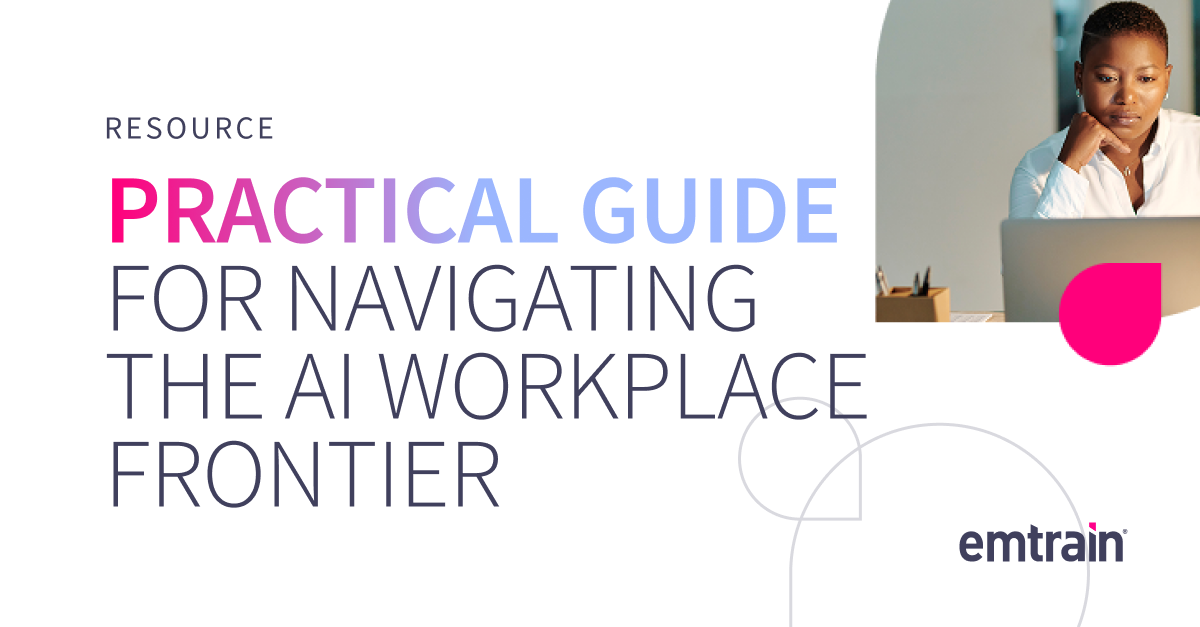
Using gender-inclusive language in the workplace as part of your day to day communications is one of the most effective ways to build an inclusive culture at the cellular level. Gender-bias language is everywhere, and it’s effects on those who are sensitive to it run deep. Gendered language is anything that unnecessarily differentiates between women and men. What do you picture when you read these words or phrases: mankind, businessman and manpower, and “hey guys, we need to man up.”
This cheat sheet identifies words or phrases you should swap out for more inclusive alternates. The most basic of these is switching gendered pronouns like “he” and “she” for the singular “they.” This is often met with eye-rolls, but Merriam-Webster has deemed the singular “they” as preferable, and the organization has been around since 1828. If it can change, so can you. This chart is not exhaustive, and your team should keep a living document to add to as more problematic terms arise. Download this cheat sheet as a solid foundation to kickstart your awareness.
Most people picture men when hearing the above words, and over time this has developed an unconscious bias that someone who portrays masculine qualities is the right fit for certain roles or that men carry some intrinsic value.
As a business communicator, company leader, or respectful colleague, it’s crucial to communicate clearly and effectively, and that includes being conscious of the impact of every word you choose.





